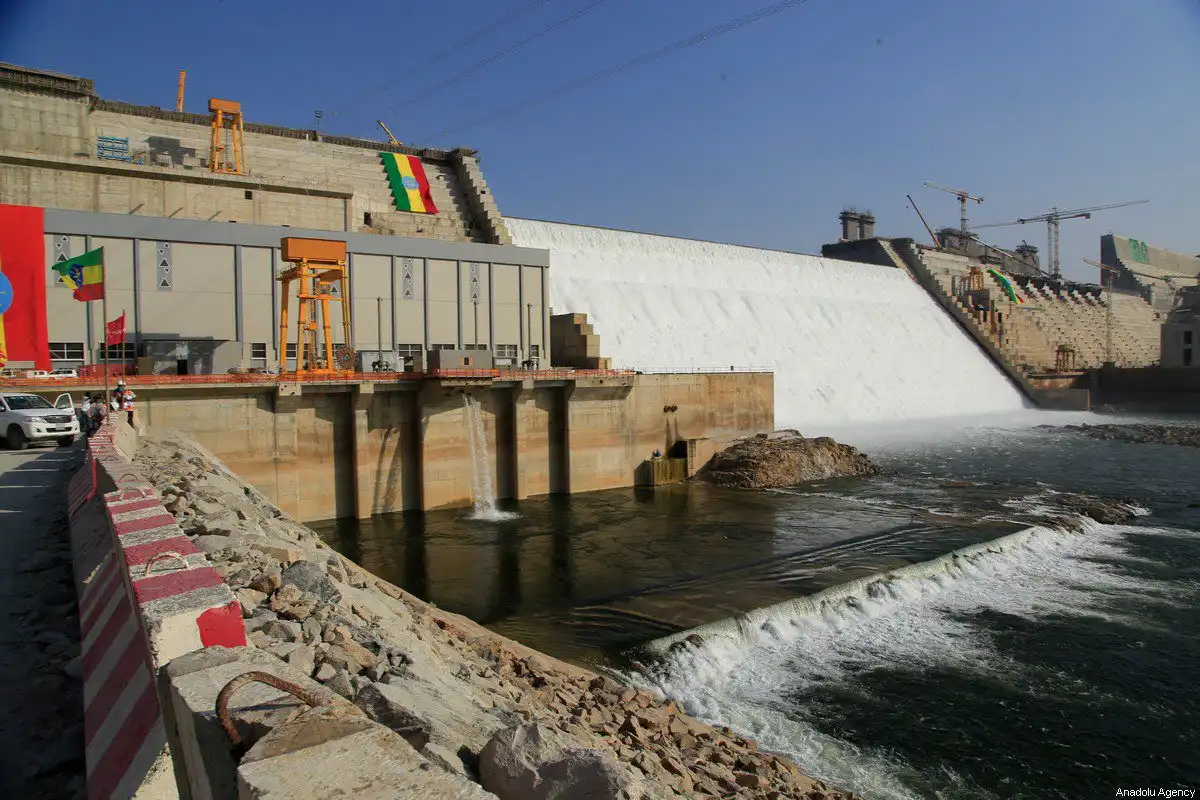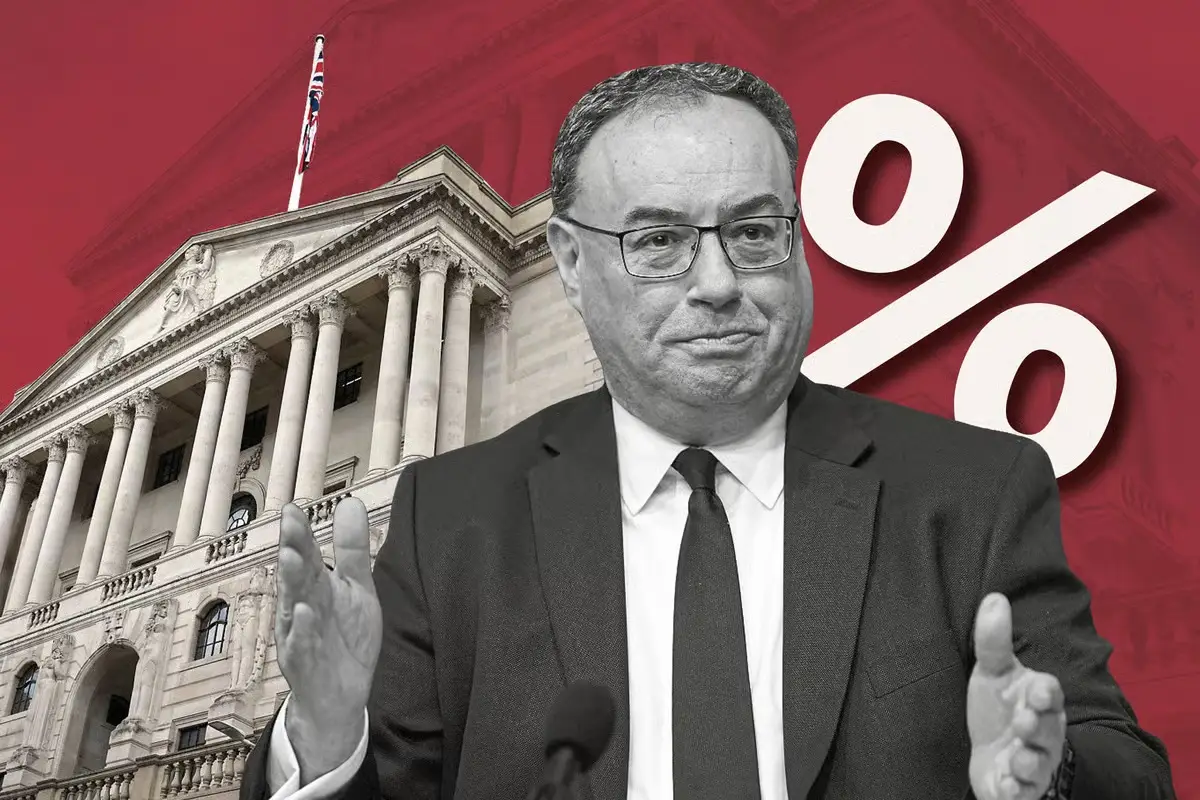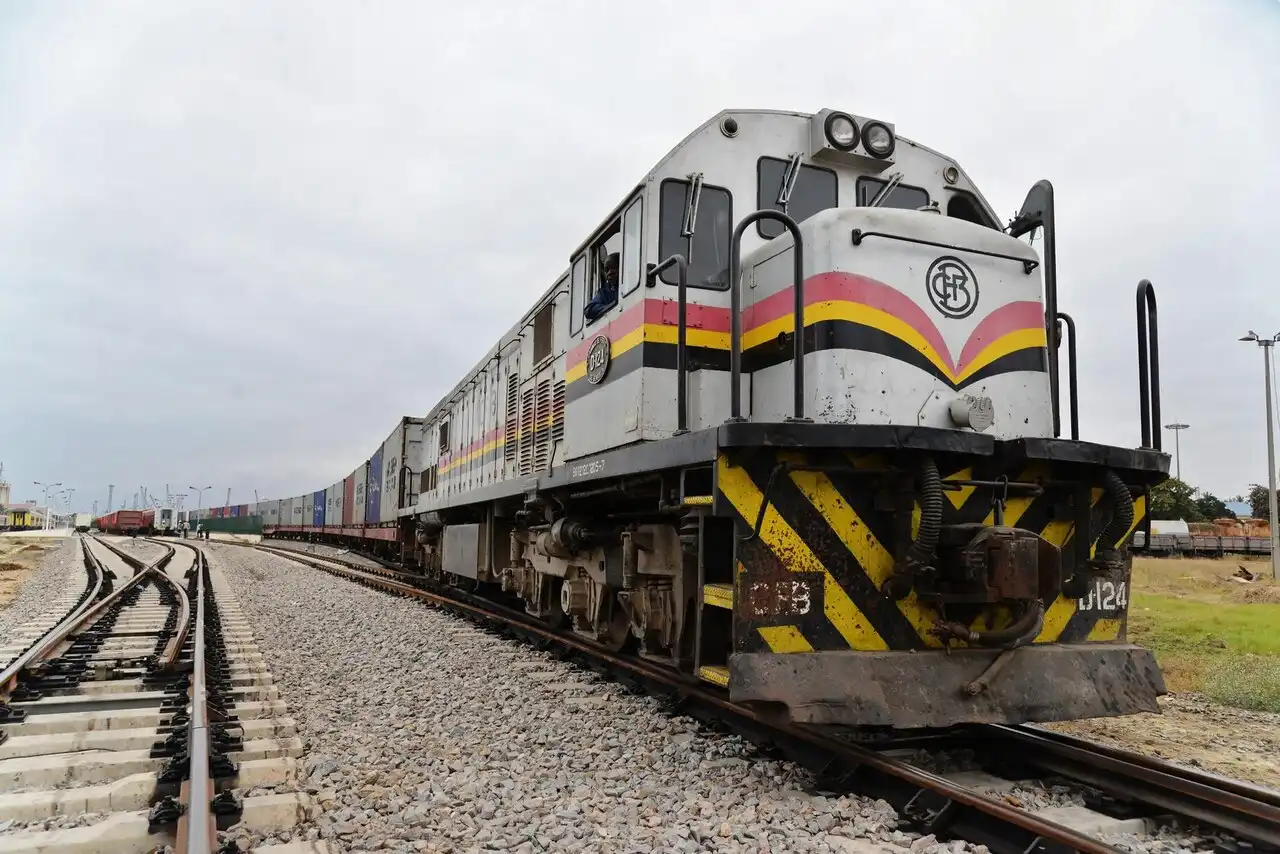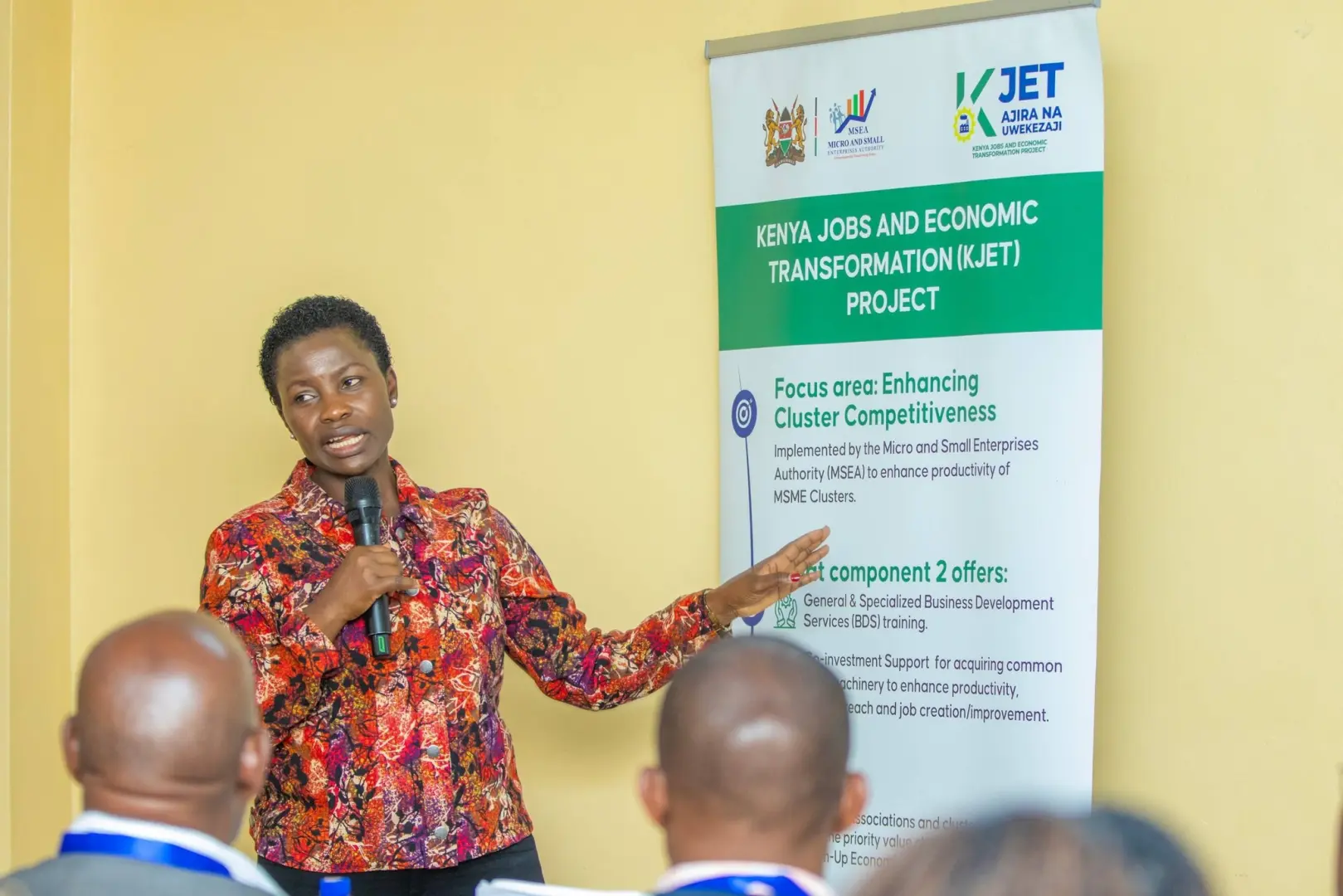Ethiopia has officially inaugurated Africa’s largest hydroelectric dam on Tuesday, marking a transformative moment in the nation’s history while simultaneously deepening a diplomatic rift with downstream neighbors that has unsettled the entire region for over a decade.
The Grand Ethiopian Renaissance Dam (GERD), a monumental $5 billion project 14 years in the making, reached its maximum capacity of 5,150 MW of power on Tuesday, positioning it among the world’s 20 biggest hydroelectric dams at approximately one-quarter the capacity of China’s Three Gorges Dam. For Ethiopia, the continent’s second most populous nation with 120 million people, this achievement represents the culmination of a dream and a bold assertion of sovereignty in the face of intense international pressure.
Build the future you deserve. Get started with our top-tier Online courses: ACCA, HESI A2, ATI TEAS 7, HESI EXIT, NCLEX-RN, NCLEX-PN, and Financial Literacy. Let Serrari Ed guide your path to success. Enroll today.
A Nation United Behind a Vision
The Ceremony and Celebration
At a colorful ceremony in Guba, beneath the canopy of a giant Ethiopian flag, Prime Minister Abiy Ahmed addressed a crowd of dignitaries including the presidents of Somalia, Djibouti, and Kenya. Ethiopian fighter jets flew low over the mist from the dam’s white waters, which plunge 170 meters (558 feet), while fireworks lit up the sky and dancers dressed as engineers in hardhats performed at the daytime festivities.
“To our (Sudanese and Egyptian) brothers; Ethiopia built the dam to prosper, to electrify the entire region and to change the history of black people,” Abiy declared. “It is absolutely not to harm its brothers.” The Prime Minister described the dam as “a great achievement not only for Ethiopia but for all Africans,” inviting “all black people to visit the dam” as proof that “we, as black people, can achieve anything we plan.”
Unprecedented Domestic Financing
What makes GERD truly remarkable is its financing model. According to local media reports, 91% of funding came from the state, while the remaining 9% was raised through Ethiopians buying bonds or making donations. This grassroots financing effort united citizens from diverse backgrounds—farmers, cleaners, teachers, street vendors, and diaspora communities—in a shared national endeavor.
From 2022 to 2025, Ethiopia’s diaspora contributed $10 million, while from 2023 to 2024 alone, an estimated 1.712 billion birr (roughly $21 million) was raised domestically. Public sector workers contributed portions of their salaries, and bonds were issued to Ethiopians who wished to lend. This self-financing model also conferred a diplomatic advantage, as Ethiopia built the massive project without loans that could be used to pressure it politically.
Technical Specifications and Capabilities
Engineering Marvel
The GERD stands as one of the world’s most ambitious infrastructure projects in recent years. Constructed by Italian company Webuild, the dam measures 476 feet high and 1.2 miles long, stretching 1.8 kilometers wide and 145 meters tall. The reservoir has flooded an area larger than Greater London, with a storage capacity of 74 billion cubic meters—equivalent to 88% of the mean annual flow of the Nile River measured at Egypt’s southern border city of Aswan.
With an installed production capacity of more than 5,000 MW and an expected annual output of 15,700 GWh, the GERD can generate energy equivalent to three medium-sized nuclear power plants. The project has been generating power since February 2022, when the first turbine came online producing 375 MW. A second 375 MW turbine was commissioned in August 2022, with additional turbines progressively added until reaching full capacity.
Regional Impact and Benefits
The dam will more than double Ethiopia’s electricity capacity, potentially raising national electrification rates to 70% by 2030—a seismic leap for a country where almost half the population lacked access to electricity as recently as 2022. Even the capital, Addis Ababa, experiences regular blackouts, making GERD’s contribution crucial for economic development.
Beyond domestic gains, GERD positions Ethiopia as an emerging renewable energy hub. The country has already started selling electric power to neighboring countries like Djibouti, Sudan, Tanzania, and Kenya. Officials estimate the dam could generate up to $1 billion in annual revenue through energy exports, helping ease foreign exchange shortages.
The Diplomatic Crisis: Egypt and Sudan’s Concerns
Egypt’s Existential Fears
Egypt has watched GERD’s construction with mounting dread since 2011. The country, which depends on the Nile for approximately 97% of its water needs, faces what President Abdel Fattah al-Sisi has called an “existential threat.” With a population of about 108 million people and 90% of the country being desert, Egypt’s concerns center on potential water shortages during droughts.
Egypt’s annual per capita water share stands at just 660 cubic meters—far below the international water scarcity threshold of 1,000 cubic meters per year. A study by the Geological Society of America warned that rapid population growth, intensifying human activity, and GERD’s impact could trigger a drinking water crisis in Egypt as early as 2025.
Egypt’s Foreign Ministry wrote to the UN Security Council, describing the dam’s inauguration as a violation of international law. Cairo has bitterly opposed the dam from the start, arguing it violates water treaties dating back to the early 20th century. Egypt says it reserves the right to “take all appropriate measures to defend and protect the interests of the Egyptian people.”
Sudan’s Complex Position
Sudan finds itself “between a rock and a hard place,” according to Moses Chrispus Okello, an analyst with the South Africa-based Institute for Security Studies. While Sudan has joined Egypt’s calls for legally binding agreements on the dam’s filling and operation, it could also benefit significantly from better flood management and access to cheap energy.
The Blue Nile supplies more than 80% of the water for the combined river system, and Sudan’s Roseires Dam, located about 110 kilometers downstream of GERD, faces potential future effects if Ethiopia performs large water releases without coordination. However, GERD may also provide benefits such as regulating annual river flow and reducing potential flooding in Nile bank villages.
Abdullah Abderrahman, Roseires Dam administration manager, acknowledged that GERD has helped control overflow at Roseires that “used to be extremely big,” while also reducing “huge amounts of silt and trees that the rainy season used to bring into Roseires, causing its storage capacity to shrink by a third.”
Historical Context and Legal Framework
Colonial-Era Treaties and Modern Disputes
The legal framework regulating Nile water allocation has been dominated by colonial-era agreements embraced by downstream states Egypt and Sudan but contested by nine upstream countries. The most significant are the 1929 Anglo-Egyptian Treaty and the 1959 Egypt-Sudan treaty.
Under the 1959 agreement, Egypt was granted 66% of the Nile’s estimated average annual water flow of 84 billion cubic meters, while Sudan received 22%. The treaty ignores upstream countries’ legal claims to Nile waters, despite Ethiopia’s highlands supplying more than 86% of the water flowing into the Nile River.
Ethiopia found a loophole in more recent agreements, particularly in the principle stating the importance of cooperation without imposing a duty to cooperate. This gave Ethiopia confidence to proceed with GERD construction, while Egypt argues that regardless of cooperation duties, the essential principles are “not to cause significant harm” and “equitable and reasonable utilization.”
Century-Long Vision Realized
The GERD concept dates back to Ethiopia’s imperial era. The site was identified by the United States Bureau of Reclamation during a Blue Nile survey conducted between 1956 and 1964 during Emperor Haile Selassie’s reign. However, political upheavals including the 1974 coup, Somalia’s invasion of Ethiopia in 1977-78, and the 15-year Ethiopian Civil War prevented progress until the early 2000s.
Former Prime Minister Meles Zenawi announced the project in April 2011, laying the first ceremonial stone and launching what would become a 14-year construction journey through multiple political transitions, internal conflicts, and international diplomatic pressure.
Push boundaries, reach goals, achieve more. Whether it’s ACCA, HESI A2, ATI TEAS 7, HESI EXIT, NCLEX-RN, NCLEX-PN, or Financial Literacy, we’ve got the Online course to match your ambition. Start with Serrari Ed now.
Regional and International Implications
African Development Model
For the broader African continent, GERD provides a model of development free from the constraints of international loans. “A lot of Africans are saying, ‘Ethiopia has accomplished something that most African countries have never been able to do,'” noted John Mukum Mbaku, who researches Nile water governance. “A massive construction project with no help from the World Bank, the IMF, or the European Union… that should be celebrated, not just by Ethiopia.”
The project has created lasting infrastructure beyond the dam itself. A new town has emerged around the site, complete with a hospital, two medical clinics, a school, sports facilities, a bakery producing traditional injera flatbread, and road infrastructure that will remain as legacy for local communities. Over 25,000 people—mostly Ethiopians—worked on the project, gaining skills and expertise applicable to future developments.
Geopolitical Tensions and Mediation Efforts
Years of trilateral negotiations under various mediators—including the African Union, Russia, and the United States—have failed to resolve the dispute. During the Trump administration’s first term, then-President Trump caused controversy by suggesting Egypt wouldn’t stop at anything to eliminate the dam, predicting Egypt would end up “blowing up that dam.” After failing to broker a deal, Trump halted aid to Ethiopia.
More recently, Trump has criticized the dam again, claiming without evidence that the project was “stupidly” funded “with United States money, largely.” Ethiopian authorities have consistently disputed these claims as “incorrect,” emphasizing the project’s domestic financing.
Economic and Social Transformation
National Unity Through Infrastructure
In Ethiopia, which has faced years of internal armed conflict largely along ethnic lines, GERD has proven a source of national unity. The project bridged social divides deeply, uniting citizens across ethnic and regional lines in support of a common national goal.
“The idea that Ethiopia should be able to build a dam on its own territory… and shouldn’t be pushed around by Egypt is broadly something that most Ethiopians would get behind,” said Magnus Taylor from the International Crisis Group think tank.
For farmer Sultan Abdulahi Hassan, who lives near the dam, the project has brought tangible improvements: “We now have refrigerators. We can drink cold water. We now use electricity for everything,” he said at the launch ceremony.
Challenges in Rural Electrification
Despite the dam’s massive capacity, rural Ethiopians may have to wait longer to benefit from increased electricity access. While urban areas achieved a 94% electrification rate as of 2022, just 55% of the overall population had electricity access, according to World Bank data.
Access to electricity in rural areas remains constrained by underdeveloped transmission networks, highlighting the need for significant grid infrastructure investments to realize GERD’s full potential. This infrastructure gap represents both a challenge and an opportunity for Ethiopia’s development strategy.
Environmental and Climate Considerations
Regional Climate Impact
The dam’s reservoir regulation capabilities offer potential climate adaptation benefits for the region. GERD can help manage seasonal flow variations and provide flood control for downstream countries, particularly Sudan, which faces annual flooding challenges.
However, climate change projections for the Nile Basin remain highly uncertain. Most climate models predict increased rainfall by mid-century, but temperature projections consistently indicate significantly higher temperatures across the basin, increasing evaporation from water bodies and soil, potentially reducing overall water availability.
Sustainable Development Goals
The project aligns with Ethiopia’s renewable energy transition goals and contributes to regional sustainable development objectives. With over 318 dams and hydroelectric plants in Webuild’s global portfolio, GERD represents part of a broader movement toward clean energy infrastructure in developing countries.
Looking Forward: Challenges and Opportunities
Diplomatic Resolution Needs
Despite GERD’s completion and inauguration, the need for diplomatic resolution remains critical. The dam’s operation during drought periods, coordination of water releases, and long-term management protocols require ongoing negotiation among all three countries.
Egypt and Sudan’s joint position rejecting attempts to include other Nile Basin countries in negotiations reflects their preference for trilateral discussions, though this approach has yet to yield binding agreements.
Regional Integration Potential
GERD offers significant opportunities for regional economic integration through the Eastern African Power Pool. The dam could facilitate electricity trade relationships extending beyond immediate neighbors to include Kenya, Tanzania, and other regional partners.
The project’s success could encourage similar large-scale infrastructure developments across Africa, potentially accelerating the continent’s energy transition and economic development while demonstrating the viability of domestically financed mega-projects.
Security and Stability Concerns
The Atlantic Council has warned that GERD’s dispute creates risks extending beyond the immediate parties, noting that Africa is home to a quarter of the world’s transboundary rivers providing 90% of the continent’s freshwater. The precedent set by GERD’s development process could influence similar projects across the continent.
Europe and the United States have stakes in fair resolution, given Egypt’s pivotal role in regional stability and international trade, particularly regarding the Suez Canal through which significant oil shipments to Europe and the US pass.
Conclusion
The inauguration of Ethiopia’s Grand Ethiopian Renaissance Dam represents both a triumph of national determination and a source of ongoing regional tension. While GERD stands as a testament to Ethiopia’s ability to achieve ambitious infrastructure goals through domestic resources and unity, it also highlights the complex challenges of managing shared water resources in an era of climate change and growing populations.
The dam’s completion transforms Ethiopia’s energy landscape and positions the country as a potential regional power hub, yet the absence of binding agreements with downstream neighbors ensures continued diplomatic challenges. The coming years will test whether GERD can fulfill its promise as a “shared opportunity” for regional development or whether it will remain a source of tension threatening stability in one of the world’s most strategic regions.
As the turbines begin spinning at full capacity, they bring not just electricity to Ethiopian homes but also renewed urgency to resolving one of Africa’s most complex transboundary water disputes. The true measure of GERD’s success will ultimately depend not only on its technical achievements but on its ability to foster regional cooperation and sustainable development for all nations along the Nile River.
The grand opening of GERD marks the end of one chapter in Ethiopia’s development story while beginning another that will determine whether this engineering marvel becomes a bridge to regional prosperity or a permanent source of diplomatic division.
Ready to take your career to the next level? Join our Online courses: ACCA, HESI A2, ATI TEAS 7 , HESI EXIT , NCLEX – RN and NCLEX – PN, Financial Literacy!🌟 Dive into a world of opportunities and empower yourself for success. Explore more at Serrari Ed and start your exciting journey today! ✨
Track GDP, Inflation and Central Bank rates for top African markets with Serrari’s comparator tool.
See today’s Treasury bonds and Money market funds movement across financial service providers in Kenya, using Serrari’s comparator tools.
Photo source: Google
By: Montel Kamau
Serrari Financial Analyst
10th September, 2025
Article, Financial and News Disclaimer
The Value of a Financial Advisor
While this article offers valuable insights, it is essential to recognize that personal finance can be highly complex and unique to each individual. A financial advisor provides professional expertise and personalized guidance to help you make well-informed decisions tailored to your specific circumstances and goals.
Beyond offering knowledge, a financial advisor serves as a trusted partner to help you stay disciplined, avoid common pitfalls, and remain focused on your long-term objectives. Their perspective and experience can complement your own efforts, enhancing your financial well-being and ensuring a more confident approach to managing your finances.
Disclaimer: This article is for informational purposes only and does not constitute financial advice. Readers are encouraged to consult a licensed financial advisor to obtain guidance specific to their financial situation.
Article and News Disclaimer
The information provided on www.serrarigroup.com is for general informational purposes only. While we strive to keep the information up to date and accurate, we make no representations or warranties of any kind, express or implied, about the completeness, accuracy, reliability, suitability, or availability with respect to the website or the information, products, services, or related graphics contained on the website for any purpose. Any reliance you place on such information is therefore strictly at your own risk.
www.serrarigroup.com is not responsible for any errors or omissions, or for the results obtained from the use of this information. All information on the website is provided on an as-is basis, with no guarantee of completeness, accuracy, timeliness, or of the results obtained from the use of this information, and without warranty of any kind, express or implied, including but not limited to warranties of performance, merchantability, and fitness for a particular purpose.
In no event will www.serrarigroup.com be liable to you or anyone else for any decision made or action taken in reliance on the information provided on the website or for any consequential, special, or similar damages, even if advised of the possibility of such damages.
The articles, news, and information presented on www.serrarigroup.com reflect the opinions of the respective authors and contributors and do not necessarily represent the views of the website or its management. Any views or opinions expressed are solely those of the individual authors and do not represent the website's views or opinions as a whole.
The content on www.serrarigroup.com may include links to external websites, which are provided for convenience and informational purposes only. We have no control over the nature, content, and availability of those sites. The inclusion of any links does not necessarily imply a recommendation or endorsement of the views expressed within them.
Every effort is made to keep the website up and running smoothly. However, www.serrarigroup.com takes no responsibility for, and will not be liable for, the website being temporarily unavailable due to technical issues beyond our control.
Please note that laws, regulations, and information can change rapidly, and we advise you to conduct further research and seek professional advice when necessary.
By using www.serrarigroup.com, you agree to this disclaimer and its terms. If you do not agree with this disclaimer, please do not use the website.
www.serrarigroup.com, reserves the right to update, modify, or remove any part of this disclaimer without prior notice. It is your responsibility to review this disclaimer periodically for changes.
Serrari Group 2025
















